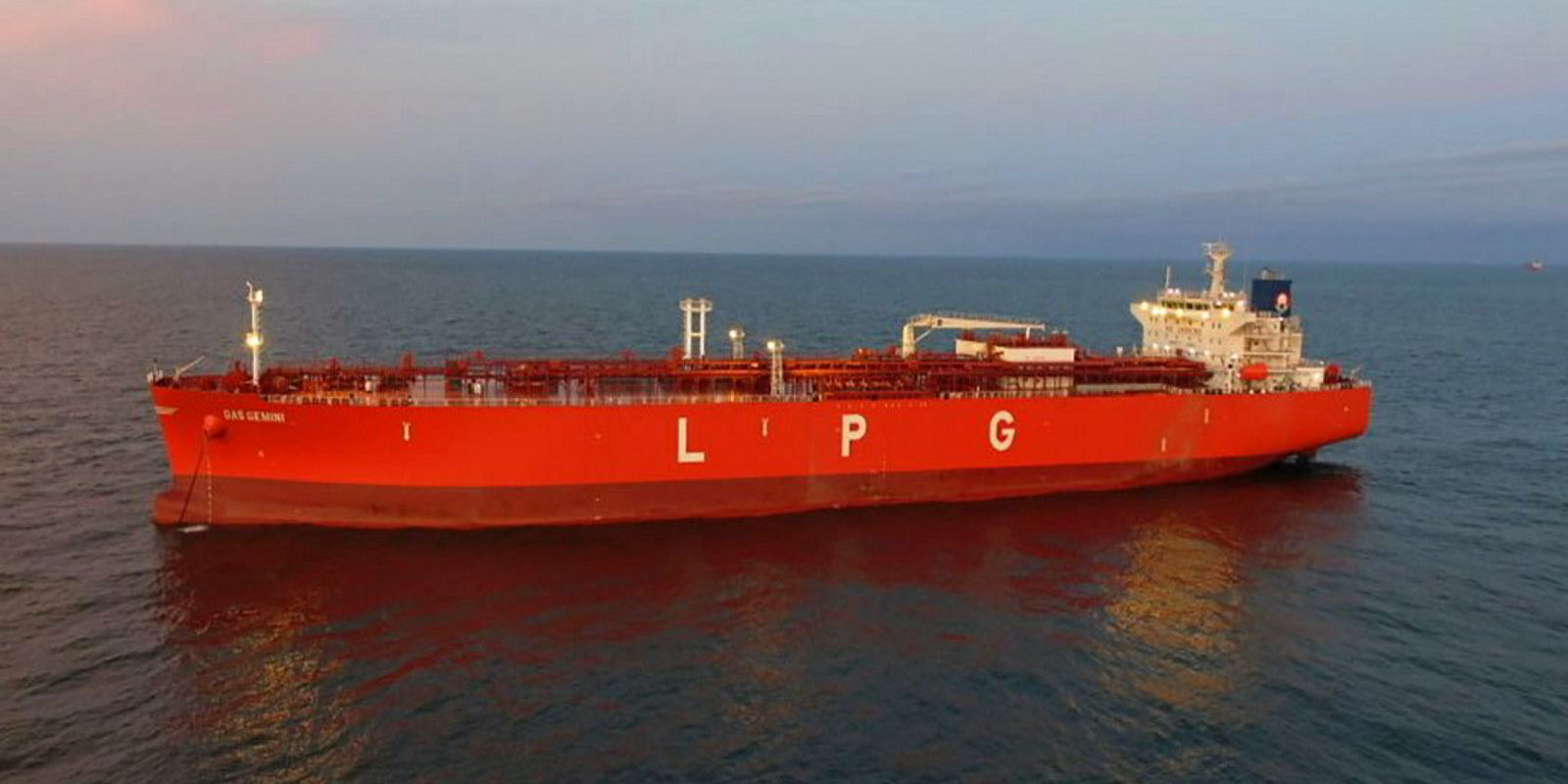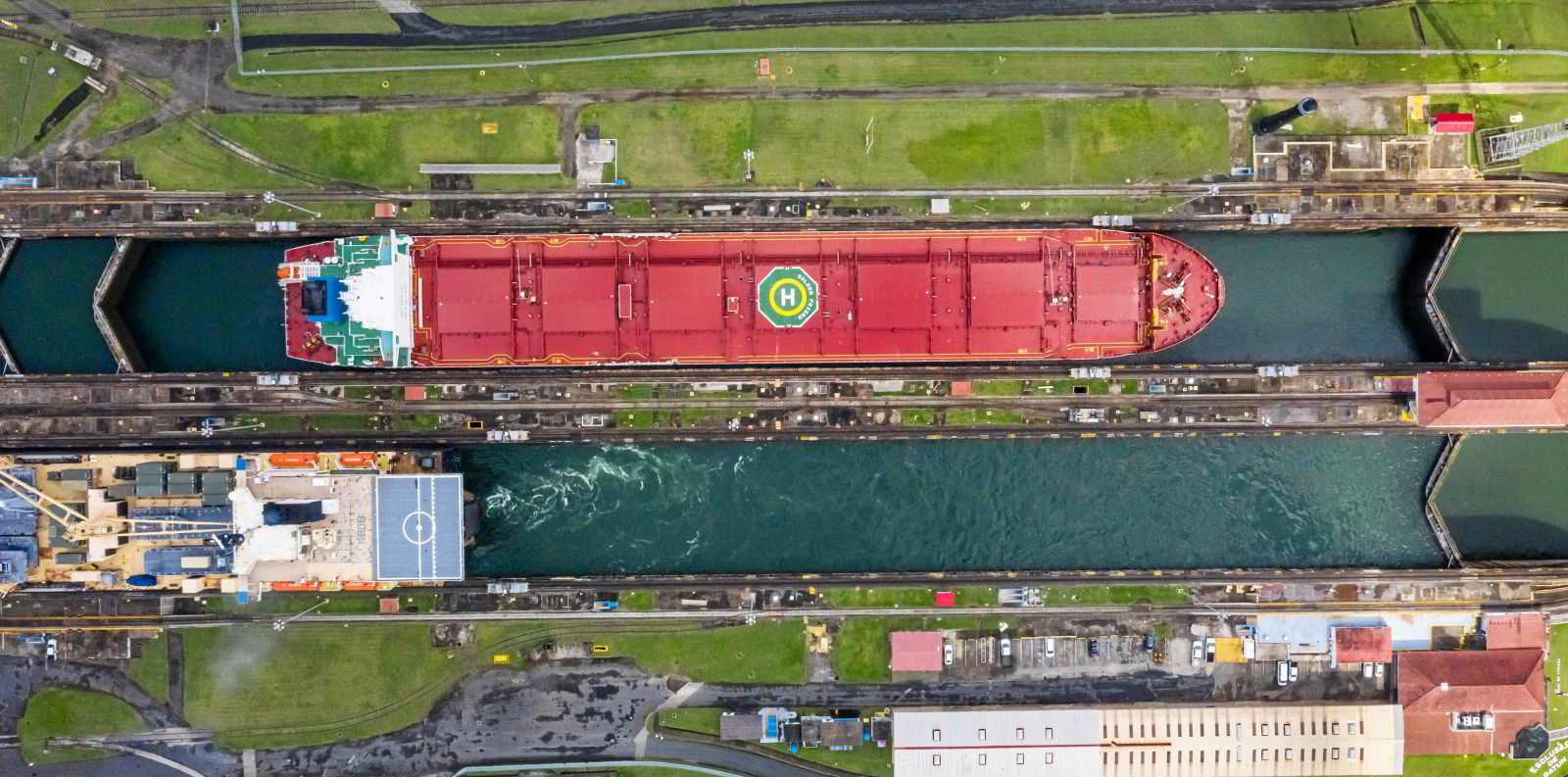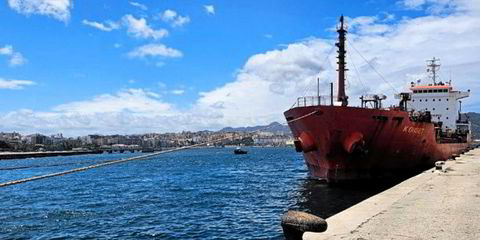VLGC spot rates have been holding at remarkable levels despite relatively heavy delivery schedules, but analysts warn even more newbuildings are set to join the fleet.
DNB Markets said the market has been digesting considerable fleet growth.
The initial 15% of the fleet scheduled for delivery year has seen some slippage into 2024, but overall capacity it still set to grow by 13% in 2023.
“We are not yet out of the woods, as we estimate more deliveries in the next six months than the previous six,” analysts led by Jorgen Lian said.
“But a limited orderbook beyond the heavy near-term delivery schedule leaves us optimistic on the sector.”
The investment bank estimates average fleet growth of 3.8% between 2024 and 2026.
The analysts point to an underlying vigour in the market, which is building confidence in lasting returns, most notably from an elevated US inventory, promising export growth and attractive arbitrage opportunities.
“Surprisingly strong” Middle East LPG export growth, coupled with supportive US production, has caused DNB to raise its vessel demand estimate by 3% for 2023 and 2024.
Demand growth is expected to average 5.5% from 2024 to 2026.
The analysts forecast average rates of $74,100 per day this year, up from their earlier estimate of $37,600.
This will fall to $51,000 in 2024 and to $41,400 in 2025.
Ship values to rise
DNB also expects a five-year-old VLGC to be valued at $90m in a year’s time, up from broker quotes of $86m now.
The investment bank has “buy” ratings across its listed VLGC companies, having upgraded Avance Gas and Dorian LPG from “hold” to “buy.”
Singapore’s BW LPG remains the top pick.
The Panama Canal Authority has announced it will cut daily ship transits from 31 to 18 by February, to deal with low water levels.
This will have a “significant impact” on the VLGC market, Clarksons Research said.
Spot earnings on the Houston to Japan route rose 17% in the week to 3 November, reaching $132,487 per day in “exceptional market conditions,” the UK company added.
Clarksons Securities said around 50 VLGCs regularly transit the Panama Canal with cargo from the US Gulf to Asia.
If that number drops to 30, and 20 vessels take the longer voyages through the Suez Canal and the Cape of Good Hope, tonne-miles could increase by about 4.7%, analysts led by Froke Morkedal said.
“It remains to be seen how long these restrictions will last, but it is clear that they could have a significant impact on earnings levels in the coming year,” they added.






